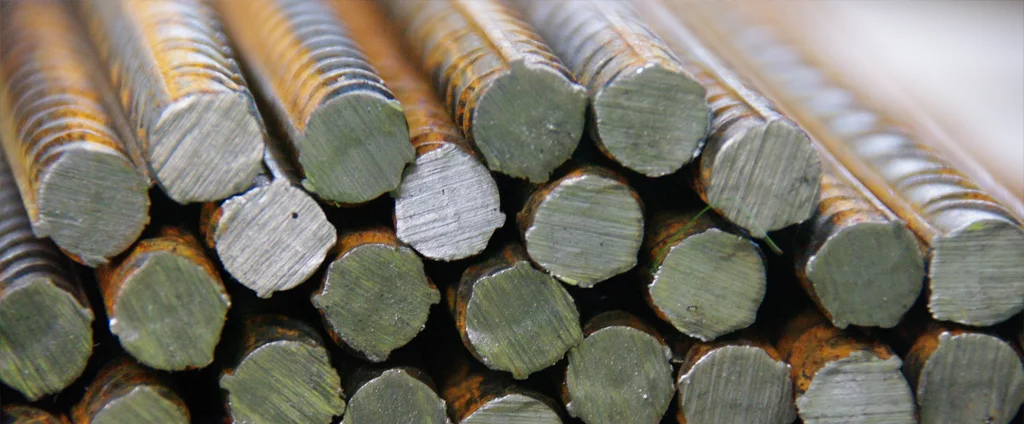Grey Cast Iron SAE J431 Grade G1800 (UNS F10004)

SAE J431 Grade G1800 is a gray cast iron alloy known for its ferritic-pearlitic microstructure and excellent machinability. Typically used in automotive components, it offers good thermal conductivity, wear resistance, and low production cost.
| Chemical Composition | ||
|---|---|---|
| Element | Min | Max |
| Iron | —— | Remainder |
| Carbon | 3.4% | 3.7% |
| Manganese | 0.5% | 0.8% |
| Phosphorus | —— | 0.25% |
| Silicon | 2.3% | 2.8% |
| Sulfur | —— | 0.15% |
The following table provides a list of SAE J431 Grade G1800 properties in both SI and US customary/Imperial units.
Click on the button to switch between Metric and Imperial units.
| Physical Properties | Metric |
|---|---|
| Density | 7150 kg/m3 |
| Mechanical Properties | Metric |
| Tensile Strength (Ultimate) | ≥ 118 MPa |
| Brinell Hardness | ≤ 187 |
| Knoop Hardness Converted from Brinell | 208 |
| Vickers Hardness Converted from Brinell | 195 |
The values in this table are approximate and can vary depending on various factors such as the specific manufacturing process and heat treatment applied to the alloy.
Advantages & Disadvantages of Iron SAE J431 Grade G1800
| Advantages | Disadvantages |
|---|---|
| Relatively inexpensive | Not as strong as other types of cast iron |
| Easy to cast | Not as corrosion resistant as other types of cast iron |
| Machinable | Not as heat treatable as other types of cast iron |
| Good thermal conductivity | |
| Good wear resistance |
Applications of Iron SAE J431 Grade G1800
SAE J431 Grade G1800 is widely used in the automotive industry for components that benefit from its castability, machinability, and affordability, including:
- Engine blocks: Used because it is relatively inexpensive and easy to cast. It is also machinable, which allows for the intricate details needed in engine blocks.
- Crankshafts: Used because it is strong enough to withstand the forces generated by the engine. It is also machinable, which allows for the precise tolerances needed in crankshafts.
- Camshafts: Used because it is strong enough to withstand the forces generated by the engine. It is also machinable, which allows for the precise tolerances needed in camshafts.
- Gears: Used because it is strong enough to withstand the forces generated by the engine. It is also machinable, which allows for the precise tolerances needed in gears.
- Bearings: Used because it is strong enough to withstand the forces generated by the engine. It is also machinable, which allows for the precise tolerances needed in bearings.
- Pistons: Used because it is strong enough to withstand the forces generated by the engine. It is also machinable, which allows for the precise tolerances needed in pistons.
